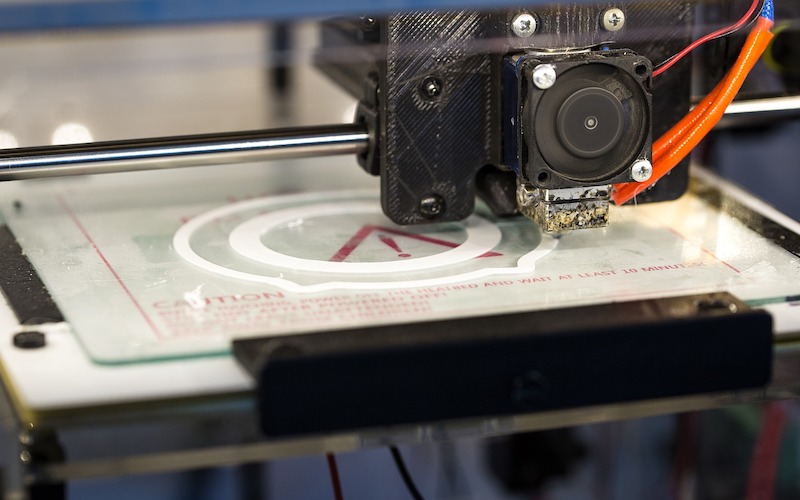Technology has changed dramatically in the last 100 years and is moving forward faster than ever before. We might not have flying cars and robots that do the chores for us – yet – but we will probably see some life-changing technologies in the next 20 years. What mind-blowing technologies can we expect to see by 2040 that will change the way we think about technology?
1. Organ Printing
3D printing is already starting to make its way into the medical industry, but it’s limited to implantable devices and things like replacement hips and knees. Between now and 2040, 3D printing could allow surgeons to create transplant organs on-demand with the patient’s own cells. By utilizing the patient’s own cells, there is no chance of organ rejection, eliminating the need for immunosuppressing rejection drugs.
Currently, in 2019, researchers are working toward creating 3D printed blood vessels. By 2040, this technology could make up for the lack of organ donors, potentially saving up to 21 people every day.
2. Brain-Computer Interface
Both Facebook and Elon Musk are working toward a brain-machine interface. The goal is to make things like social media and surfing the internet hands-free. It could, potentially, even help patients with neurological damage, allowing them to communicate by analyzing their brain activity in real-time.
Both technologies currently require brain surgery to work – using surgically implanted electrodes to read brainwave activity. Elon Musk’s Neuralink is hoping to use a robot with a laser beam to get through the skull instead of using a drill. The technology is nearly ready, but not many people are going to sign up if brain surgery is a requirement. By 2040, brainwave sensing technology will likely evolve to the point where a brain-computer interface is possible without the need for surgery.
3. The End of Moore’s Law
In 1965, the co-founder of Intel noticed a trend. Every 18 months or so, the number of transistors in an integrated circuit would double. According to this trend, dubbed Moore’s Law, by 2050 scientists would have to build circuits smaller than a single atom of hydrogen.
Industry experts estimate that Moore’s Law will end sometime between 2020 and 2040, but it won’t end abruptly. It will slowly taper off until it simply doesn’t apply anymore.
In 2018, researchers looking into quantum computing created the first single-atom transistor by suspending one atom in a gel electrolyte. By 2040, quantum computers will be more common and may even replace the transistor-based computers that we use now. Many disruptive tech experts believe that these computers will become standard equipment within the next 20 years as Moore’s law comes to a close.
4. Electric Vehicles Become the Majority
Electric vehicles are a bit of a fad currently, but in the next 20 years, you may be an outlier if you don’t own an electric vehicle. By 2040, 57 percent of new passenger cars will be electric.
In 2018, manufacturers sold two million electric cars. By 2040, the same manufacturers are expected to sell 56 million. In the same amount of time, they’re expecting gasoline and diesel-powered car sales to drop from 85 million a year to 42 million worldwide.
Looking Toward the Future
It’s hard to tell where technology will go in the future, but by looking at where we are now we can speculate where we might be in the next 20 years. Much of the technology that we use today belonged in science fiction movies until recently. Star Trek communicators became cell phones and replicators became 3D printers.
We’ve finally reached a point where our capabilities have caught up with our imagination. It will be fantastic to see where that imagination can take us in the next two decades.











